Automatic boom barrier gate – Royalgate RGB23AC
Included:
*1 x Electromechanical motor
*1 x Main control board
*2 x Remote control
*4 Meters x Aluminum boom
An automatic boom barrier gate is a motorized gate system with a horizontal arm (the “boom”) that automatically raises and lowers to control vehicle access to a specific area. Unlike manual boom gates, these operate autonomously, typically using sensors and electronic mechanisms to regulate traffic flow and enhance security. 🚗🔐
How it Works
The operation of an automatic boom barrier gate involves several key steps and components:
- Vehicle Detection: When a vehicle approaches the barrier, sensors (such as ground loop sensors embedded in the pavement, infrared sensors, or radar sensors) detect its presence. Some advanced systems also use Automatic Number Plate Recognition (ANPR) cameras to identify vehicles by their license plates.
- Signal Processing and Authorization: The detection signal is sent to a control unit (often a microcontroller or PLC), which acts as the “brain” of the system. This unit verifies if the vehicle is authorized to pass. Authorization can be granted through various methods, including:
- RFID readers (for vehicles with RFID tags or cards)
- Remote controls
- Keypads (requiring a code)
- Push buttons (operated by security personnel)
- Ticket validation systems
- Smartphone apps
- Biometric systems
- Boom Arm Activation: If the vehicle is authorized, the control unit sends a command to an electric motor (often with a gear reduction mechanism). This motor activates, smoothly raising the boom arm to allow the vehicle to pass.
- Vehicle Passage: Once the boom arm is fully raised, the vehicle can proceed. Sensors continue to monitor the area to ensure no obstacles interfere.
- Boom Arm Lowering: After the vehicle has passed, the control unit, often with a timer or detection from exit sensors, commands the motor to slowly lower the boom arm back to its closed position, blocking further access.
- Safety Features: To prevent accidents, automatic boom barriers incorporate safety features like:
- Obstacle detection sensors (e.g., photoelectric sensors, amperometric devices) that immediately halt or reverse the arm’s movement if an obstruction is detected.
- Warning lights or buzzers to alert drivers and pedestrians.
- Manual override mechanisms for operation during power outages or emergencies.
Key Components
The main components of an automatic boom barrier gate system include:
- Boom Arm: The horizontal bar that physically blocks or allows access. It’s typically made of lightweight yet strong materials like aluminum or steel, often with reflective stripes for visibility.
- Housing/Cabinet: A sturdy, weather-resistant enclosure that protects the motor, control unit, and other internal mechanisms from environmental factors and vandalism.
- Drive Mechanism: Usually an electric motor coupled with a gearbox and counterweights or springs to efficiently raise and lower the boom arm. Hydraulic systems are also used for heavier duty applications.
- Control System: The electronic unit that receives input from sensors and access control devices, processes the information, and controls the motor’s operation.
- Sensors and Detectors: Devices like loop detectors, infrared sensors, and ANPR cameras that detect vehicles and obstructions.
- Access Control Devices: Systems that allow authorized entry, such as RFID readers, keypads, remote controls, and ticket dispensers.
- Power Supply and Backup: Provides power to the system, often with backup solutions like UPS or batteries for uninterrupted operation during power failures.
Applications
Automatic boom barrier gates are widely used in various locations to manage vehicle traffic and enhance security:
- Parking Lots: Regulating entry and exit in commercial, residential, and public parking facilities.
- Toll Plazas: Efficiently managing vehicle flow and toll collection on highways.
- Gated Communities and Residential Complexes: Controlling access for residents and preventing unauthorized entry.
- Commercial Buildings and Industrial Complexes: Managing vehicle flow, monitoring and restricting entry to sensitive areas.
- Airports and Railway Stations: Handling high volumes of traffic and ensuring smooth entry/exit while maintaining strict security.
- Checkpoints and Restricted Areas: Allowing access only to authorized personnel or vehicles.



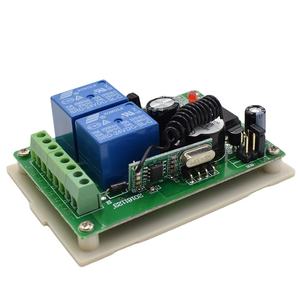

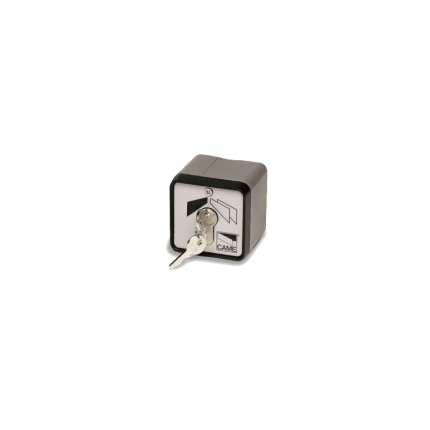
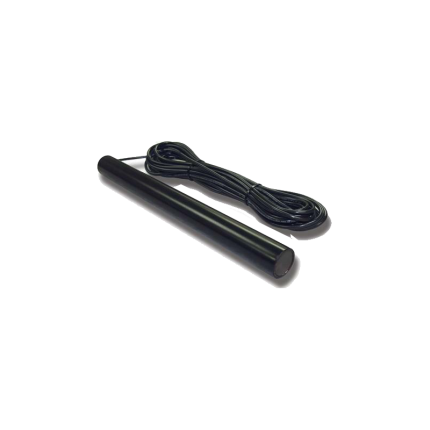
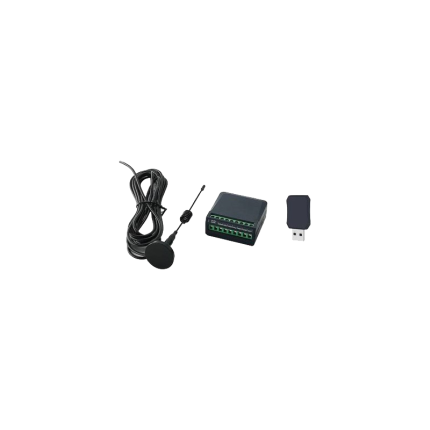
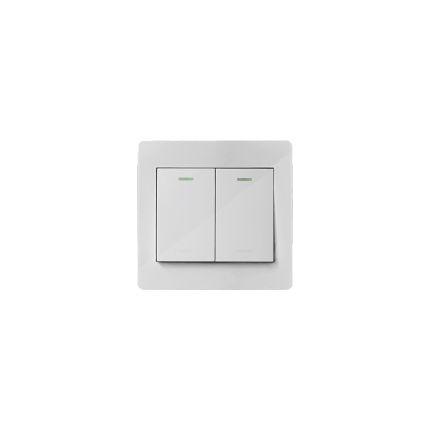
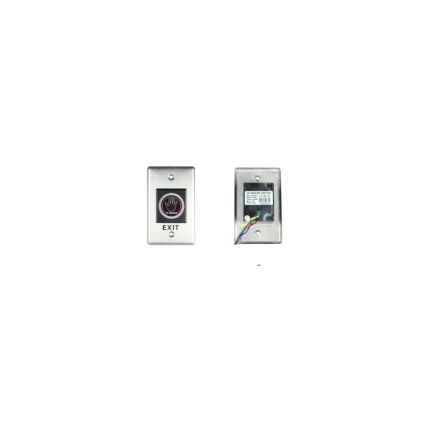

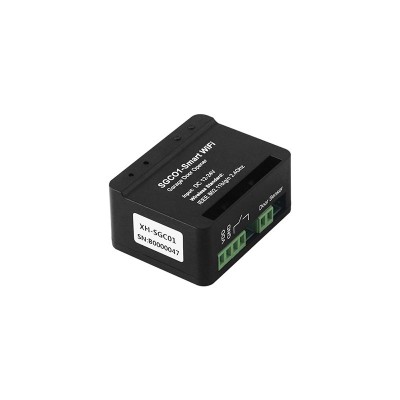

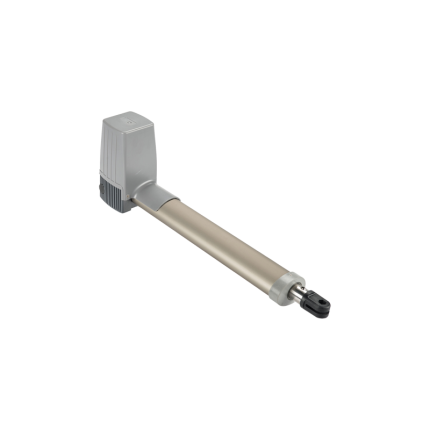
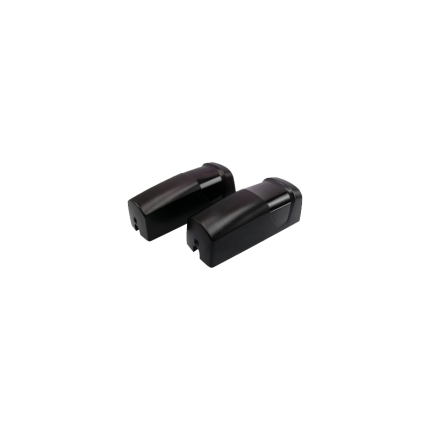
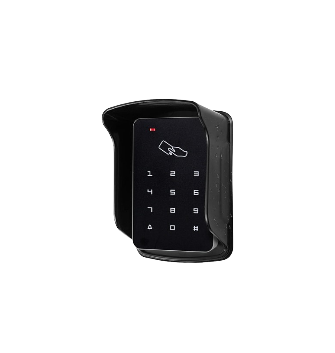
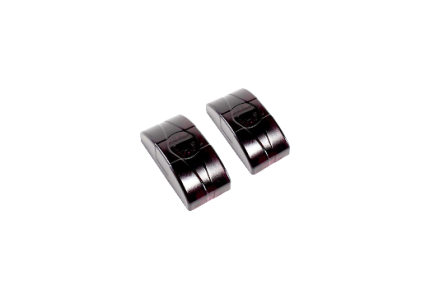
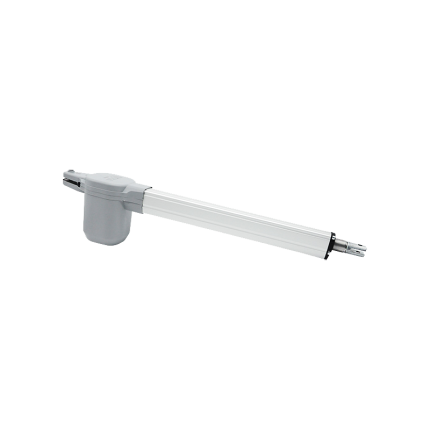
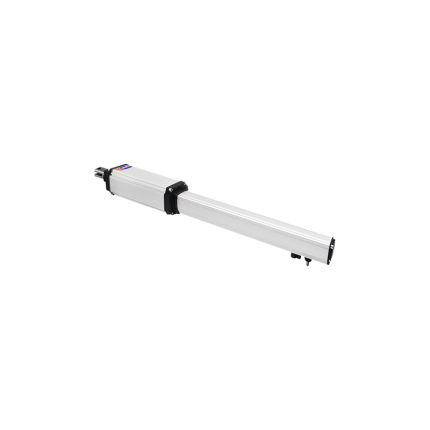










Reviews
There are no reviews yet.